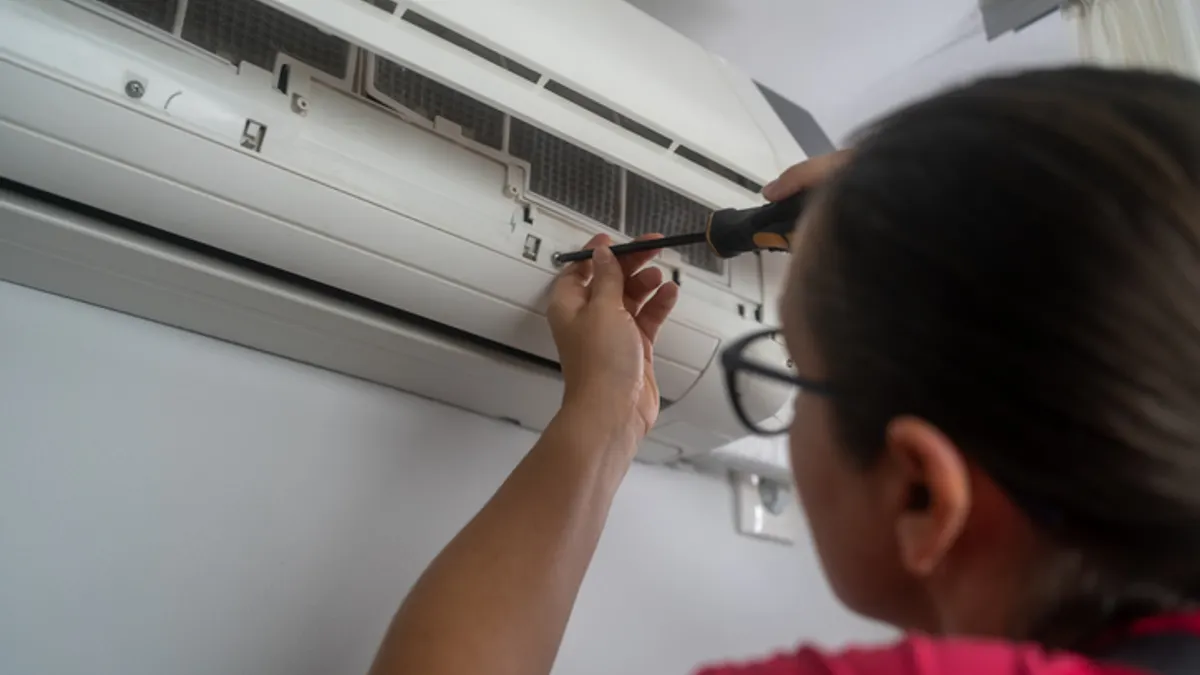To discuss peak power management, first we must consider how the electric utilities charge their customers for peak power which is commonly referred to as “Demand Charges”. Here are four important things to know about demand charges:
1. Demand charges are based on the highest 15- or 30-minute average usage during the billing period (usually monthly).
2. Demand charges are sometimes combined with energy (kWh) charges on the bill.
3. Some utilities have time-of-use demand charges which means even higher rates during peak hours (e.g., 4–9 PM).
4. Managing demand charges is good for the customers and utilities as it saves money for both. This is often misunderstood by ratepayers, but it is important.
Next, let’s discuss why managing peak power is crucial for any building manager. Here are the top 5 reasons:
1. Reduce costs
Utilities often charge more during peak usage times. For businesses or facilities, reducing (peak shedding) or shifting power usage during peak times (peak shaving) can lower electricity bills significantly.
2. Improve overall efficiency
Running systems close to their peak capacity is less efficient and wears them down faster. Effective peak power management spreads the load more evenly, improving longevity and efficiency.
3. Enable use of renewable energy
Renewables like solar and wind are variable. Managing peak power allows better integration and balance with these sources and helps ensure that energy is used when it’s available or stored when in excess.
4. Environmental benefits
During peak times, utilities often rely on polluting backup sources (like diesel generators). Reducing peak demand can lower overall emissions and support cleaner energy use.
5. Support rid stability
Grid operators and electric utilities must maintain a balance between supply and demand in real time. Peak power management helps avoid spikes that could destabilize the grid or require emergency responses.
The last two benefits are often the reason why electric utilities are supportive of peak power management strategies even though these strategies, in effect, yield lower revenues for them. This often means that the electric utility would pay for part or all of the equipment needed for effective peak power management.
Now, let’s discuss typical savings:
Demand charges for commercial buildings in the U.S. can vary widely depending on:
- Geographic location and utility provider (examples)
- PG&E (California): $20–$35/kW depending on rate plan.
- Con Edison (New York): $30–$45/kW for large buildings.
- Duke Energy (North Carolina): $10–$25/kW typical for small/medium commercial.
- Rate tariff structure
- Building type and usage pattern
- Peak demand (kW) and time of use
$5 to $30 per kW per month is a common range for commercial customers. In some high-cost regions or for large peak demands, charges can reach $40–$60 per kW or more. Let’s do some math to figure out typical savings by an example:
Let’s say a commercial building hits a peak demand of 500 kW during a billing cycle:
- At $15/kW, monthly demand charge = 500 kW × $15 = $7,500
- At $30/kW, it would be $15,000/month
When choosing a building automation system for your building, you must make sure that the system is equipped with built-in peak power management capabilities. With such a system for a typical building, it is reasonable to expect savings of 20% to 30% on the utility bill.
Approximately 50% of such savings are the direct result of the peak power management capabilities, with the remaining 50% resulting from energy savings.
7 Actionable steps in taking control of peak power consumption:
1. Install a real-time power and energy monitoring system that provides second-by-second measurement of the building’s power consumption.
2. Identify the largest electricity users in the building which would typically include:
- HVAC Equipment
- Refrigeration systems including walk-in and reach-in freezers and coolers
- Lighting
3. Set acceptable limits for temperatures, schedules and other operating conditions.
4. Implement a building energy management system equipped with peak power management capabilities for HVAC equipment, refrigeration and lighting systems.
5. Deploy 1 to 10 pilot systems in different locations as needed.
6. Measure savings.
7. Roll out the system to a broader set of locations.
Conclusion:
A typical modern building automation system that is equipped with peak power management capabilities should yield 20% to 30% monthly savings and must pay for itself in less than 6 months.










